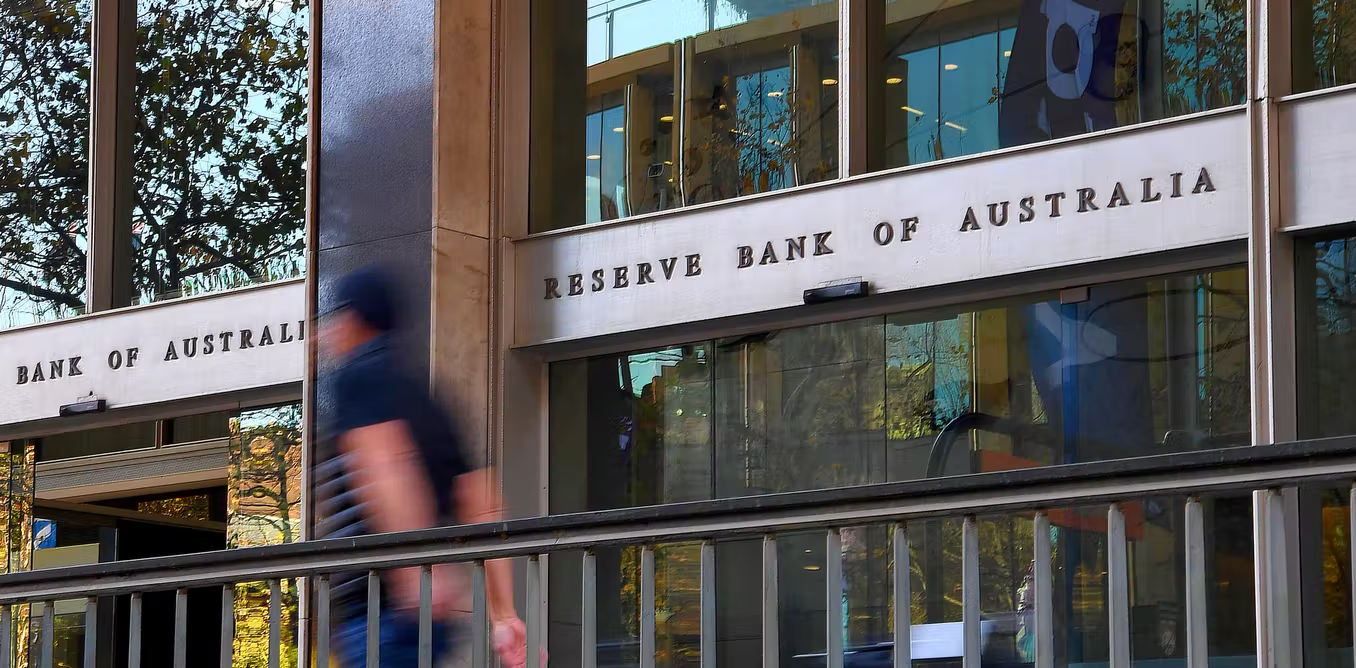The central bank is a financial institution that is trusted with controlling the supply of money, implementing monetary policies, and regulating the behaviour of private banks and other financial instutions through reserve requirements. Their main goal is to ensure economic stability by ensuring macroeconomic variables such as inflation, unemployment rate, etc. all stay in reasonable values.
The vast majority of countries have their own central bank, which is said to be politically independent, so not owned by the government, and also not motivated by profits like a regular private bank would be. Monetary policy and fiscal policy are independent, however they’re both powerful economic tools for affecting macroeconomic variables. One criticism of fiscal policy is that it can be politically motivated, while monetary policies tend to be more impartial because the central bank operates mostly independently of politics. Ideally, monetary policies and fiscal policies should support each other in their goals and should be coordinated.
The central bank can be considered as a ‘bank for banks’. Private banks can borrow money from central banks and deposit money to the central bank and earn interest from doing so. Central banks are sometimes seen as the ‘lender of last resort’ because they can bail out financial institutions that are struggling with debt and prevent private banks from becoming insolvent, for example.
In Australia, the central bank is the Reserve Bank of Australia, in the US, it’s the Federal Reserve.
